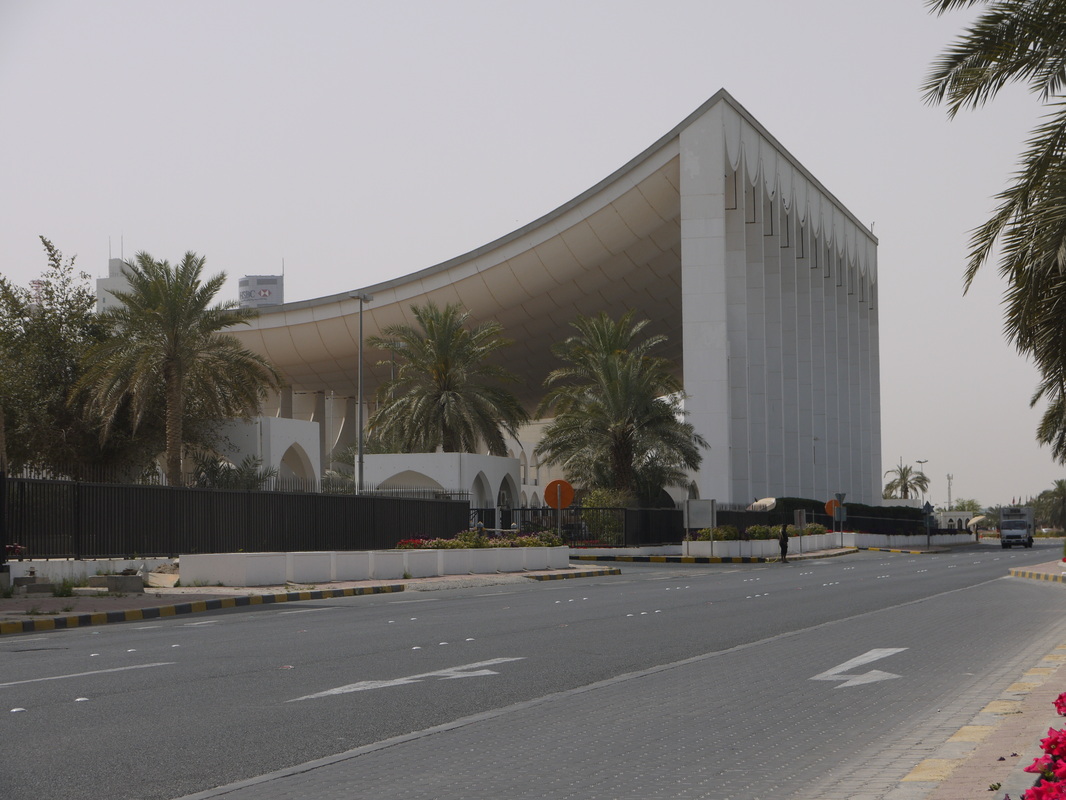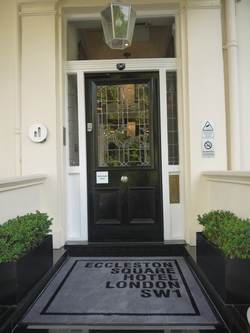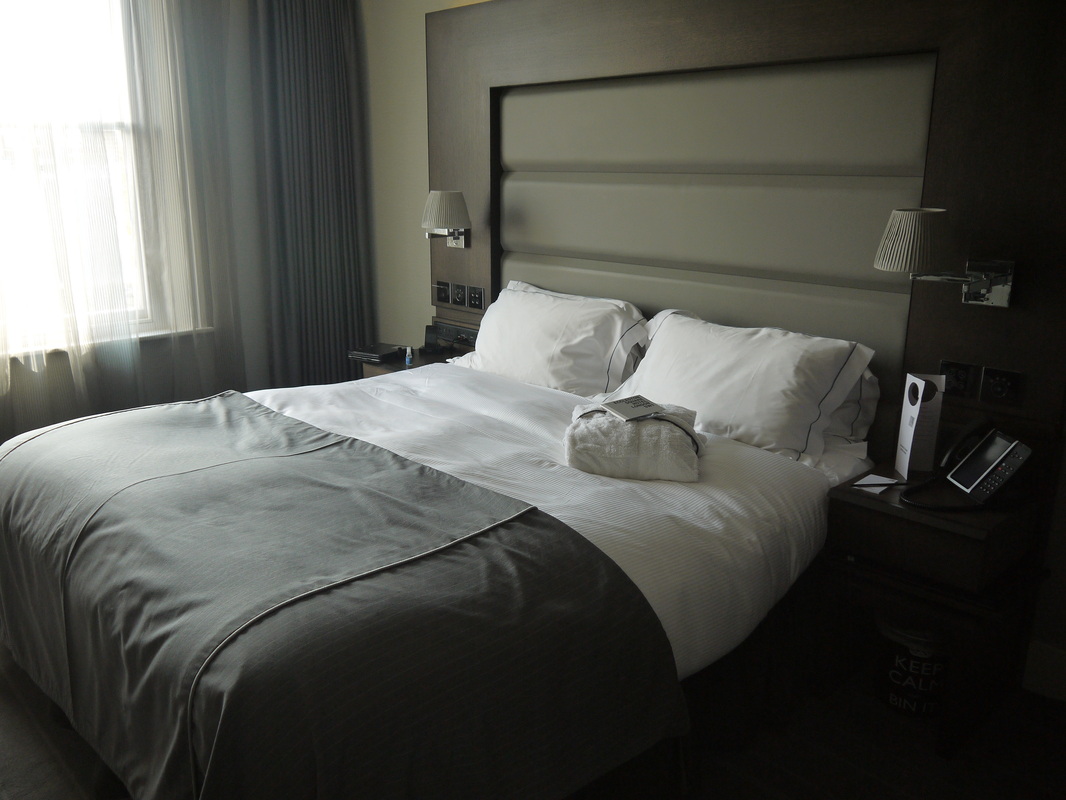
Thirty years later I returned to Kuwait. When I told my little huddle of friends, slightly bigger than my playground days, they said: “Tell us if you can still see the war damage.”
So that’s people’s first reaction to Kuwait: a war zone somewhere in the Middle East, but not quite sure where.
But there is more to say. Much more.
A rich state has grown out of a primitive past. The headland now adorned by Kuwait City was only settled 300 years ago. In 1760 the first wall was built. And with trade links to Baghdad and Damascus, a thriving port developed. Relationships have always been an important part of Kuwait’s independence. Each historian has a different view, and the facts are unclear as to whether Kuwait was part of the Ottoman empire, but by 1899 fear that Turkey would try to annex the state pushed Kuwait into an agreement with Britain. In exchange for protection, the ruling Al-Sabah family agreed not to sign the land away to other powers without Britain’s consent. For Britain it was a tactical and political decision. It wanted to keep Germany, a Turkish ally, out of the Gulf.
Kuwait’s real riches lie in black gold. And with the financial wealth that comes with oil, the state advanced in education, healthcare and commerce, and by 1961 it became fully independent. In 1949 Kuwait had four doctors. Less than twenty years later it had 400.[1]
Political advancements have not always been as straight forwards however. Women gained the vote in 2005 but the balance of support started tipping towards radical Islamists and with a more conservative outlook women fail to gain any seats. In 2013 an Islamic-led opposition won parliamentary elections, but the Emir blocked proposals by MPs to make all legislation comply with Islamic law, and faced with an uncertain and polarised political identity, riots have erupted. On one side Kuwait is a developing modern state. On the other there is the sharp pull of its traditional roots. And this is not an easy balance.
However, the physical development of the state has not been as fast paced as other Middle Eastern countries. Hardly surprising when Kuwait has spent a large portion of the last century fighting off its neighbours: the founder of modern day Saudi Arabia on one side and Iraq on the other.
That said, Kuwait has iconic buildings that rival any other country and more are in the pipeline. Most famous of them all is the Kuwait Towers, designed by a Swedish architect and opened in 1979. The upper globe has a revolving viewing platform, but this is an opportunity that still needs to be exploited. I remember there being a glitzy restaurant, but today the interior is practically bare except for a few faded photos that show the destruction from the Gulf War. The towers are decorated with plate-sized sequins, which apparently Iraqi soldiers used for target practice. You can’t help but feel that Kuwait hasn’t quite got back on its feet.
Unfortunately, our trip down memory lane turned into a tour of rubble-covered car parks. From our vantage point we scoured the city for our apartment block; it was nothing but rubble. We went to visit my old school; it was nothing but rubble. We went to the old souk; and found, gloriously, nothing had changed. Change is essential in terms of economic development, but it was reassuring to see the souq displays dripping with gold bracelets and necklaces, piles of fresh fruit and vegetables, and hook slung carcasses.
The Seif’s Palace and National Assembly, two landmarks I remembered, still stood, either unharmed or beautifully restored. I may make it seem like the war has only just ended, but with the number of dilapidated buildings, piles of rubble and walls peppered with bullet holes, it’s hard to imagine that a decade has passed.
But then you turn round and blink again. The Sultan Centre isn’t the Sultan Centre I remember. It is a new, modern shopping mall on reclaimed land, and before Dubai shot up out of nowhere, Kuwait was a shopping haven for people with Dinars to spare.
So we really have come full circle. Kuwait is a tale of two cities. It is modern and vibrant with an eye on the future. But it still has a wary eye on the past. It is rightfully protective of its rich heritage, but keen to find a way to marry this respect with advancement. I wonder what it will be like when I go back in another 30 years.
[1] Lonely Planet, Middle East, is a good read if you want an historic overview.
For more photographs, please click here.















 RSS Feed
RSS Feed
